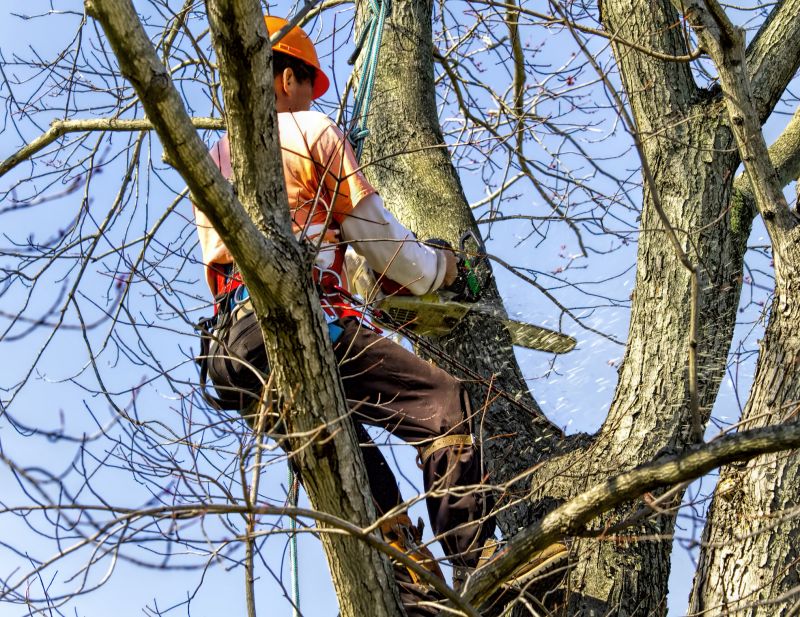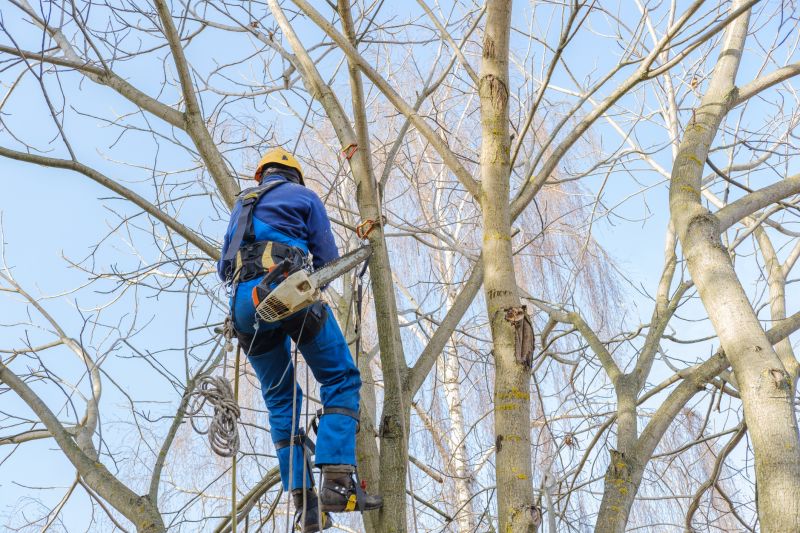Efficient Land Clearing for Development Projects
Forestry cleanings involve the removal of excess vegetation, fallen branches, and debris from forested areas to promote healthier ecosystems and reduce fire hazards. These operations are essential for maintaining forest health, preventing wildfires, and supporting sustainable land management practices.

Professionals remove dense underbrush to improve forest accessibility and reduce fire risks.

Fallen branches and debris are collected to prevent accumulation and potential hazards.

Selective thinning enhances tree growth and forest vitality.
Effective forestry cleanings can significantly reduce the risk of wildfires by eliminating combustible materials. Properly maintained forests also support biodiversity and improve the health of the woodland ecosystem. Regular cleanings contribute to safer recreational areas and more sustainable land use.
Depending on the size and density of the area, professional forestry cleanings can take from a few hours to several days. Smaller sites may be completed in a single day, while larger properties require multiple sessions to ensure thoroughness.
The process includes initial assessment, debris removal, thinning, and site cleanup. Equipment such as chainsaws, mulchers, and loaders are used to efficiently clear the area, followed by disposal or recycling of debris.
Professionals bring expertise, proper equipment, and safety measures to ensure the work is completed efficiently and safely. Their experience helps in identifying areas that need targeted cleaning and in minimizing environmental impact.

A cleared forest area with reduced underbrush and debris.

Debris processed and prepared for recycling or removal.

A well-maintained forest area promoting ecological health.
Proper forestry cleanings help prevent wildfires, support ecological balance, and improve land usability. Engaging experienced professionals ensures the work is performed safely and efficiently, resulting in a healthier and safer environment.
